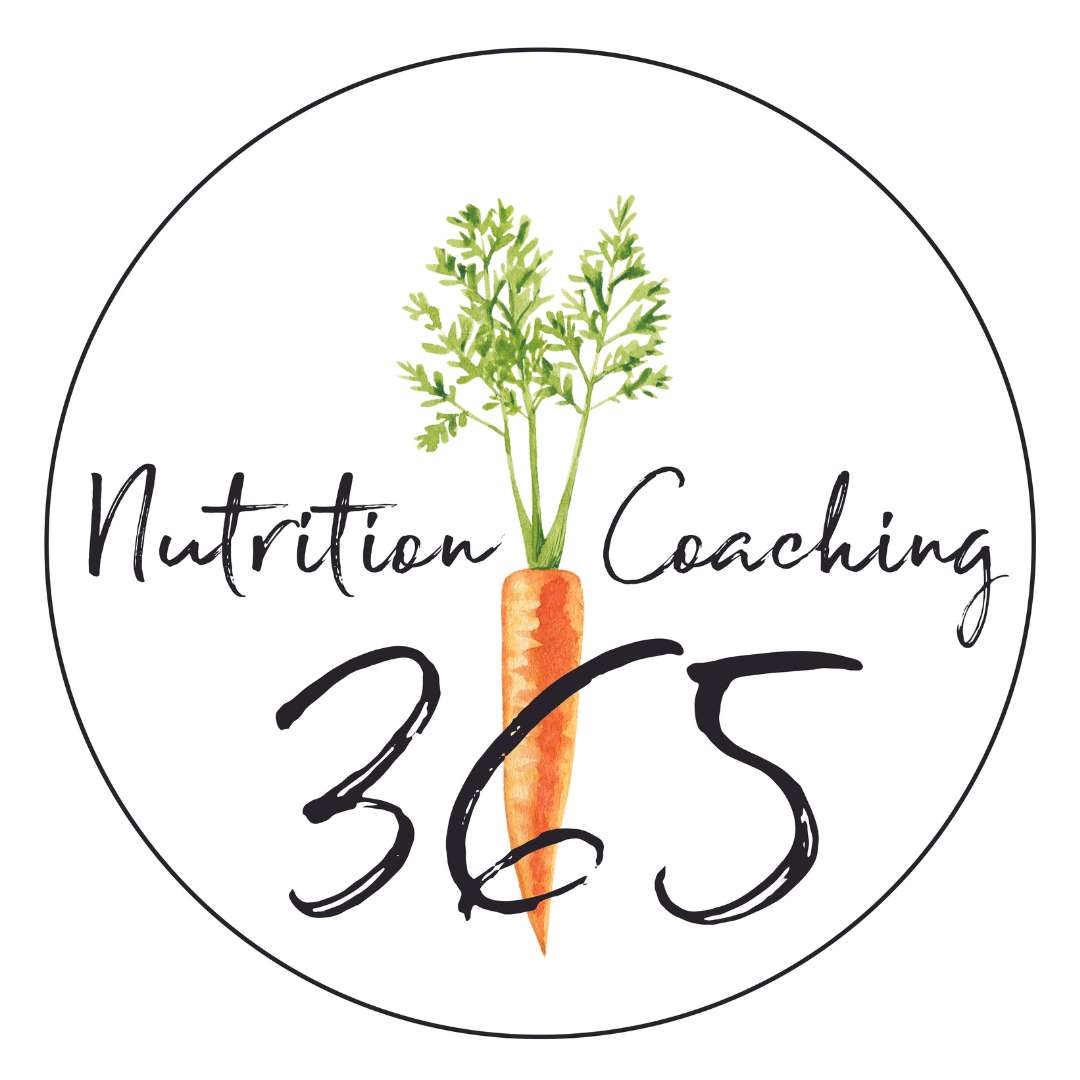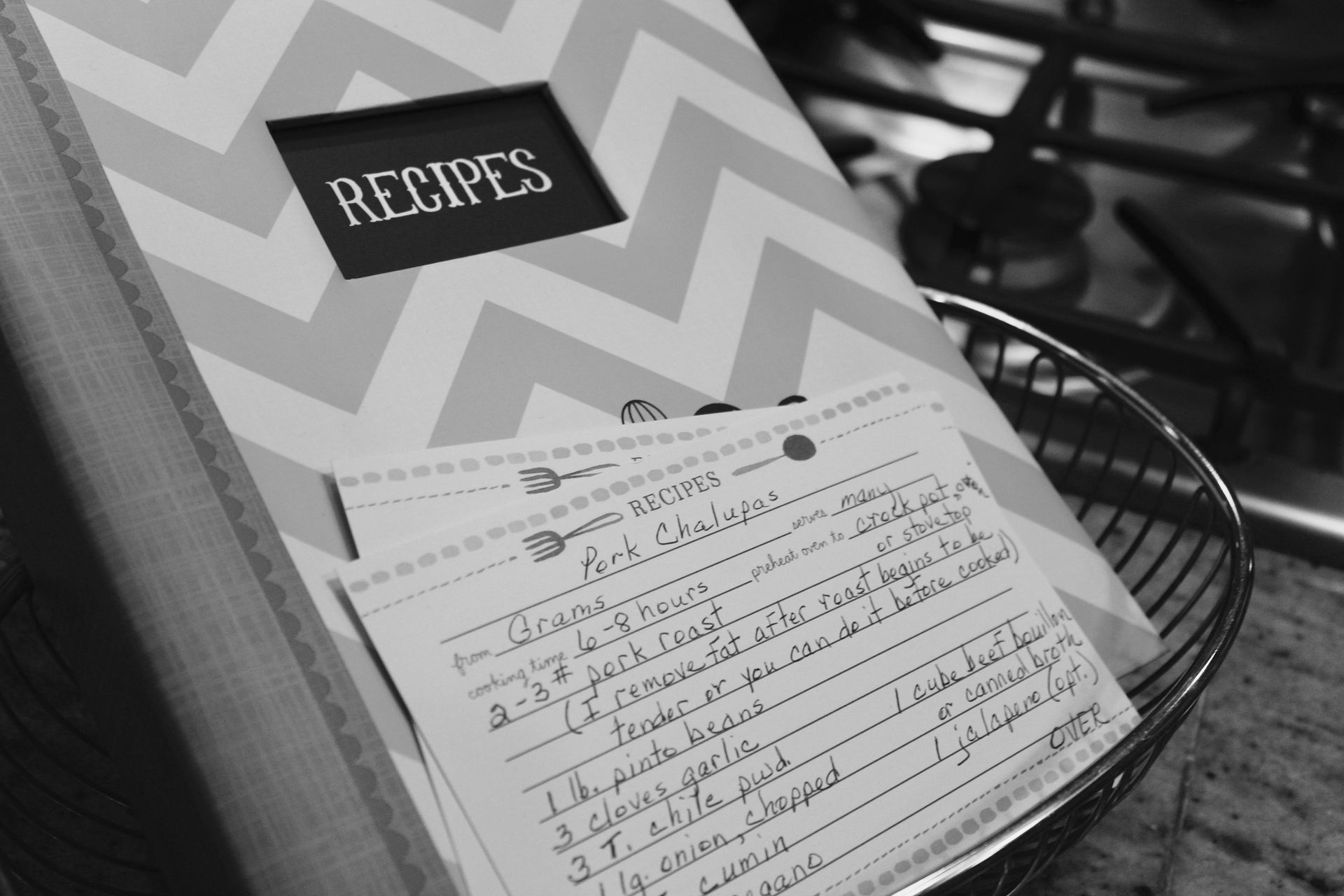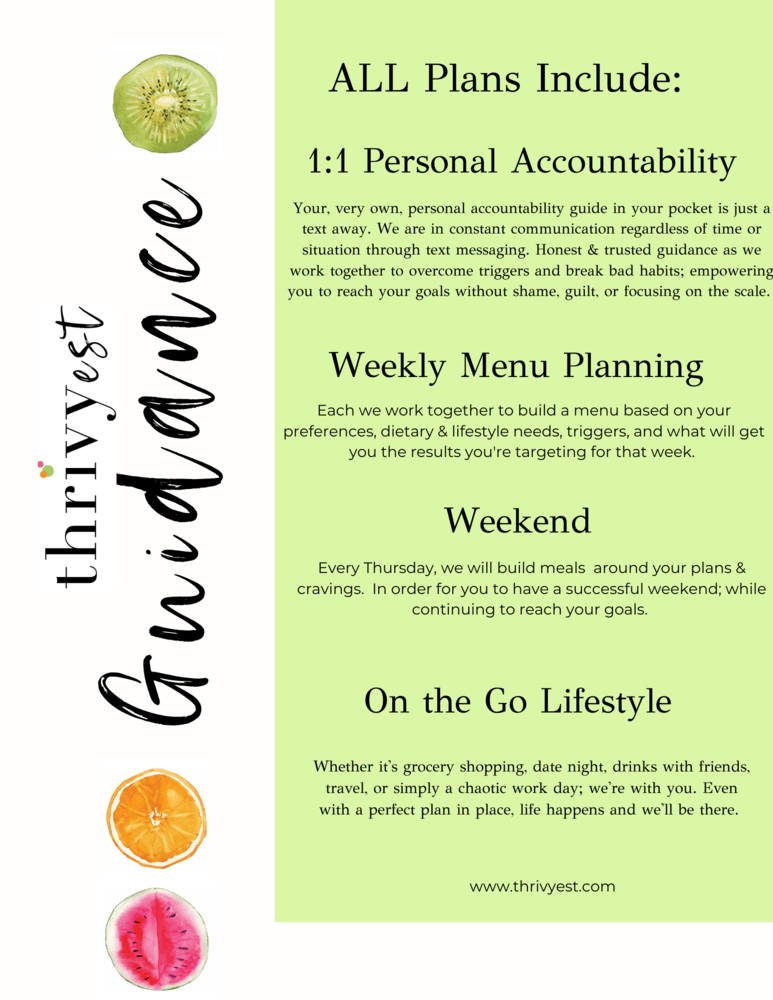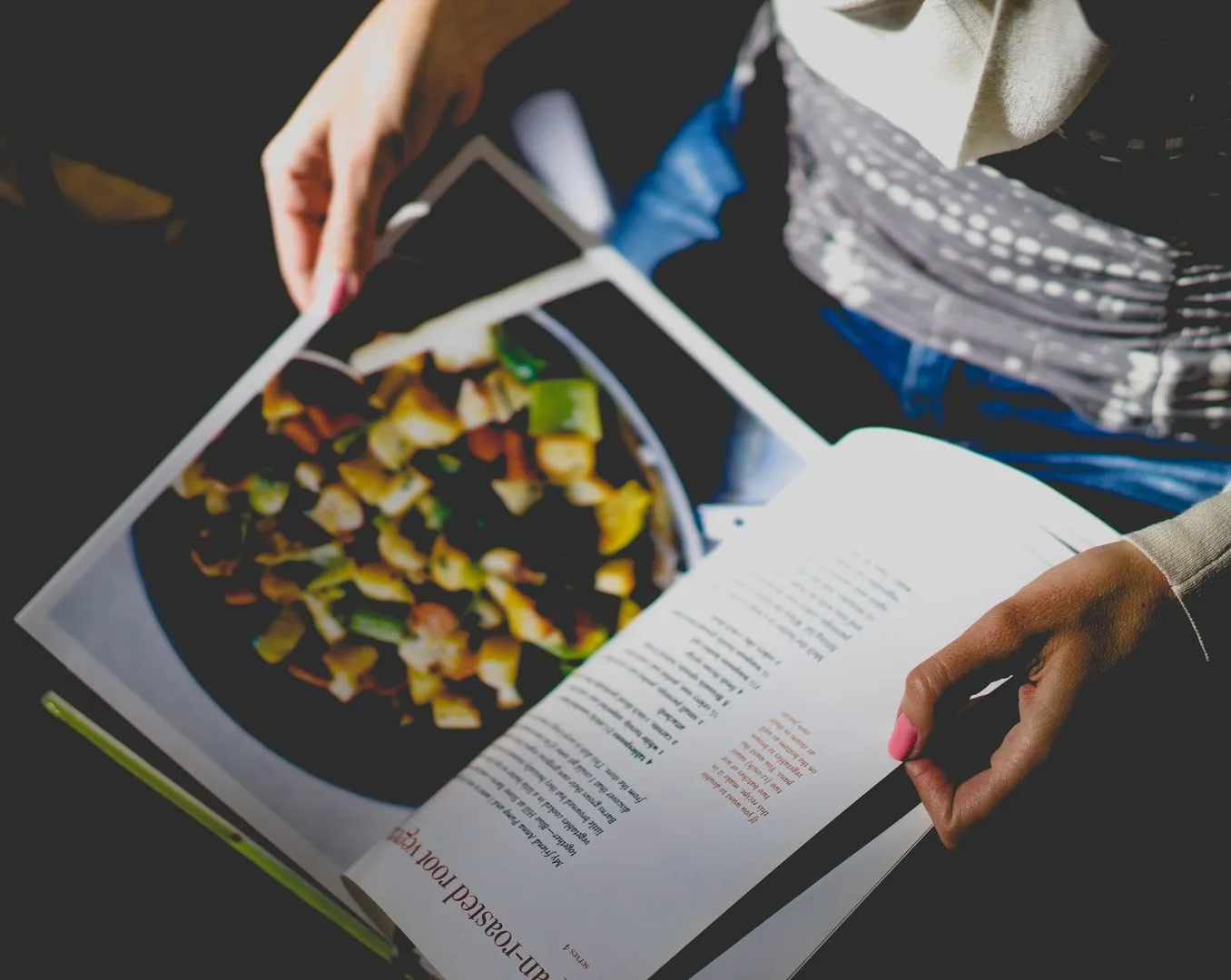Mastering Habits: A Guide for Struggling Dieters
Transform Your Life: Effective Habits for Weight Loss and Healthy Living

As someone who is passionate about helping others achieve their health goals, I understand the challenges that come with trying to change your diet, build discipline, and improve your overall well-being. Many of us have faced these struggles, and it's common to feel overwhelmed or discouraged when previous attempts to change haven't been successful. Today, I want to share some insights on mastering the habits that matter most, particularly for those of you who are struggling with weight loss and dieting.
The Power of Habits Over Hope
You're probably thinking about changing something significant in your life—whether it's your diet, your morning routine, or your activity levels. It's essential to recognize that hope alone doesn't lead to lasting change. Instead, it's our habits that shape our lives. If you're aiming to become a better version of yourself, especially with health in your own life, developing the right habits is crucial.
Identifying and Breaking Bad Habits
Many of us have habits that sabotage our efforts. For instance, you might have a habit of snacking late at night or skipping meals, which can hinder your weight loss goals. Recognizing these habits is the first step. For example, I've personally struggled with interrupting others during conversations—it's a habit that required conscious effort to change. Similarly, you might have habits like procrastination or inconsistent eating patterns that need to be addressed.
The Importance of Strategic Habits
The most successful individuals aren't necessarily the smartest or the hardest working. They are strategic about their habits. To achieve your health goals, it's essential to intentionally create habits that align with your desired outcomes. This means being very clear about what you want to achieve and developing habits that support those goals.
Starting with the End in Mind
Stephen Covey famously advised to "start with the end in mind." This approach is incredibly effective when applied to habit formation. Instead of focusing solely on what you want to do, ask yourself who you want to become. For instance, rather than saying, "I want to lose weight," think about becoming a healthier and more energetic person. This shift in perspective can significantly impact your motivation and the habits you choose to develop.
Understanding Imposter Syndrome
Many high achievers, including those striving to improve their health, suffer from imposter syndrome. This feeling of inadequacy can be a significant barrier to achieving your goals. It's important to recognize that imposter syndrome is common and can be overcome by focusing on your internal qualities and the positive habits you want to cultivate.
The Driving Force Behind Your Habits
One of the most critical factors that shape your habits is your self-perception. Studies show that your actions are influenced by what you think of yourself. Every time you face a situation, your subconscious mind asks, "What kind of person am I, and what does a person like me do in this situation?" To change your habits, you need to change your self-perception. Believe that you are capable of being disciplined and making healthy choices.
Practical Steps to Shape Your Identity
To help you get started, here are two identity-shaping statements you can create:
- I Am Statement: This statement defines who you are. For example, "I am a healthy and disciplined person."
- I Do Statement: This statement outlines what you do. For example, "I make healthy food choices and eat portions that align with my goals."
Write these statements down and remind yourself of them daily. They will help reinforce the identity you want to embody and the habits that will lead you to your goals.
Creating Your I Am and I Do Statements
To further solidify these habits, let's break it down:
- I Am Statement: This defines your identity. For instance, "I am an organized person."
- I Do Statement: This specifies your actions. For example, "I plan my day the night before."
Think about the habits that reinforce these statements. If you want to become more organized, start with one small habit, such as planning your day the night before. This aligns your actions with your desired identity.
Examples of Identity-Reinforcing Habits
Let's say your I Am statement is, "I am a person who cares about people." Your I Do statement could be, "I listen more than I talk." This means you make a conscious effort to ask questions and listen during conversations.
Or perhaps you want to express more gratitude. Your I Do statement might be, "Every day, I write one note of gratitude." This small habit reinforces your identity as a grateful person.
The Power of Small Votes
James Clear, in his book Atomic Habits, emphasizes that every action you take is a vote toward the type of person you wish to become. Each small habit, each "vote," builds up and reinforces your new identity. Over time, these small actions create significant changes.
My Personal Journey
In my weight loss journey, I've battled with imposter syndrome and feelings of inadequacy. I never felt disciplined. But I decided to change. I created an I Am statement: "I am disciplined." I tied this to my faith, stating, "Christ in me is stronger than the desires in me." (2 Tim 1:7)
Then, I started with small habits. I began getting up earlier, something I disliked but knew was good for me. This small act of discipline reinforced my identity. Year over year, I added new habits: walking while reading the Bible, praying daily with my husband, planning lunches, and more. Each small habit built upon the last, creating a foundation of discipline.
Taking Action
Now it's your turn. Who do you want to become? What small habit can you start today to move in that direction? Write down your I Am and I Do statements. Post them where you'll see them daily. Share them with someone for accountability.
Remember, every small vote counts. Each habit reinforces your desired identity. You have the power to change, one small habit at a time.
Conclusion
Changing your habits is not an overnight process, but with intentional effort and a clear vision of who you want to become, you can achieve your health and weight loss goals. Remember, it's not about being perfect; it's about making consistent, positive changes that align with your desired identity. Let's get to work on building the habits that matter most and transforming our lives for the better.
YOU ARE CAPABLE OF LIVING YOUR HEALTHIEST & HAPPIEST LIFE.
If you’re looking to create healthy habits to gain more energy, improve your sleep + shed a few pounds, you’ve landed in the right place.
Recent Posts
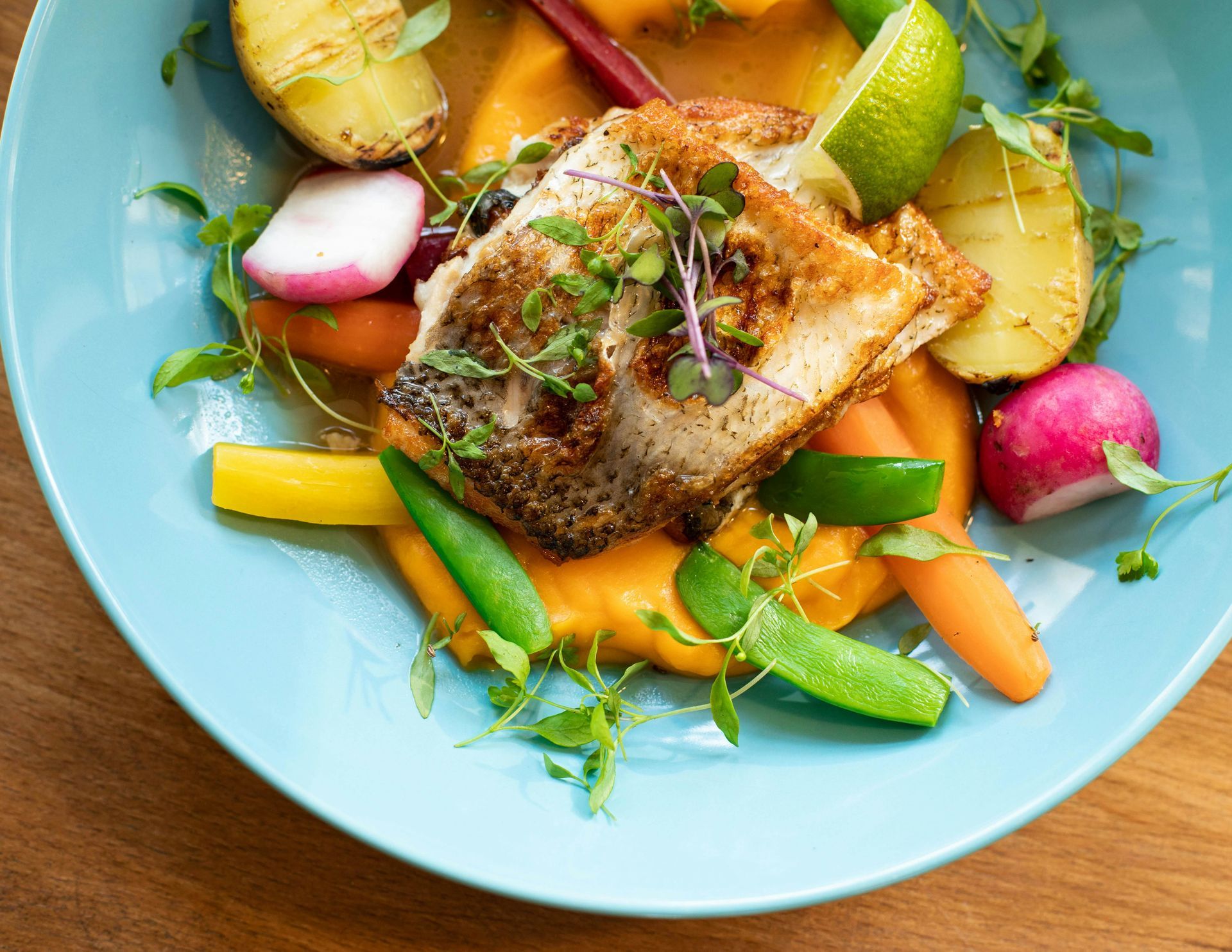
Meet Emily
I love encouraging + inspiring others to reach their healthiest lives through food, fitness + gratitude. As a holistic nutritionist + the founder of Thrivyest, I am passionate about creating habits to help you to live longer + thrive. To thrive in body, mind + soul through personalized, simple + practical steps ensuring you gain more energy, clarity + confidence! Let's connect!
